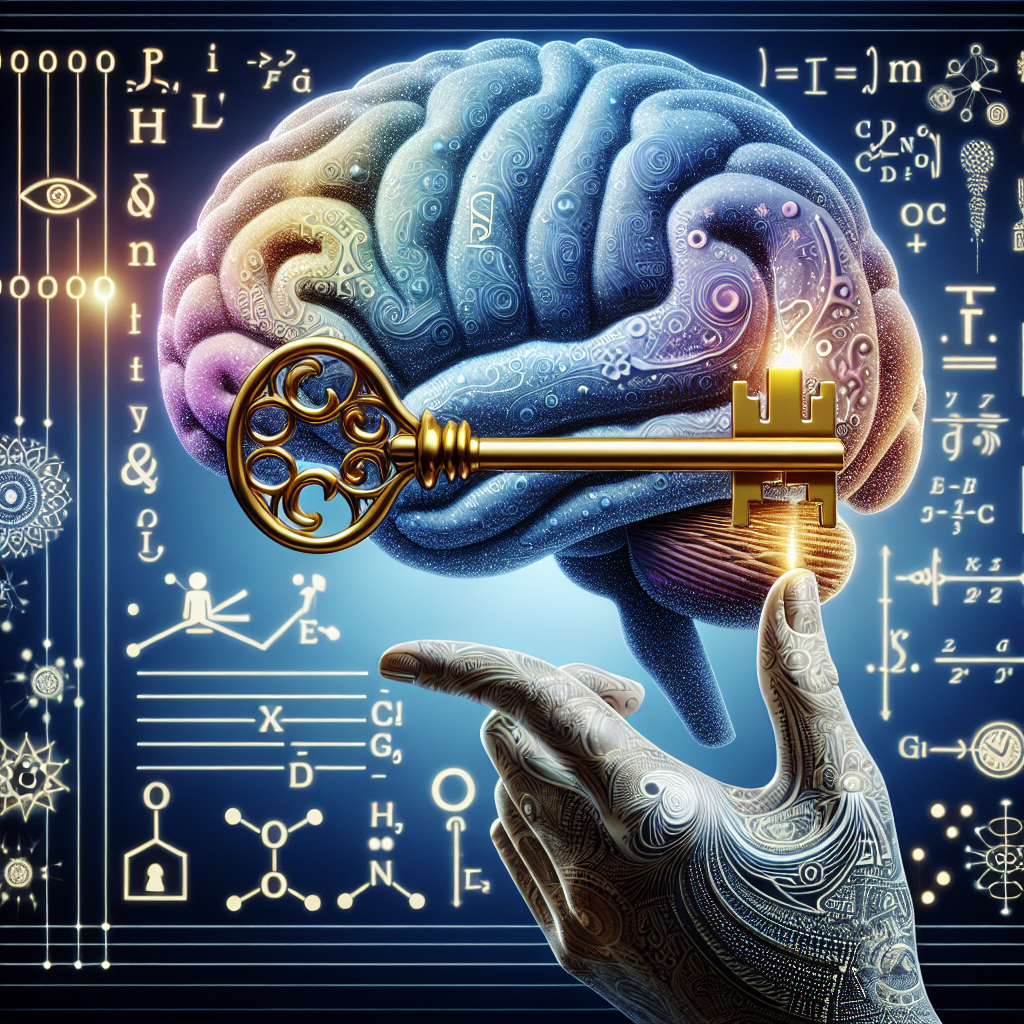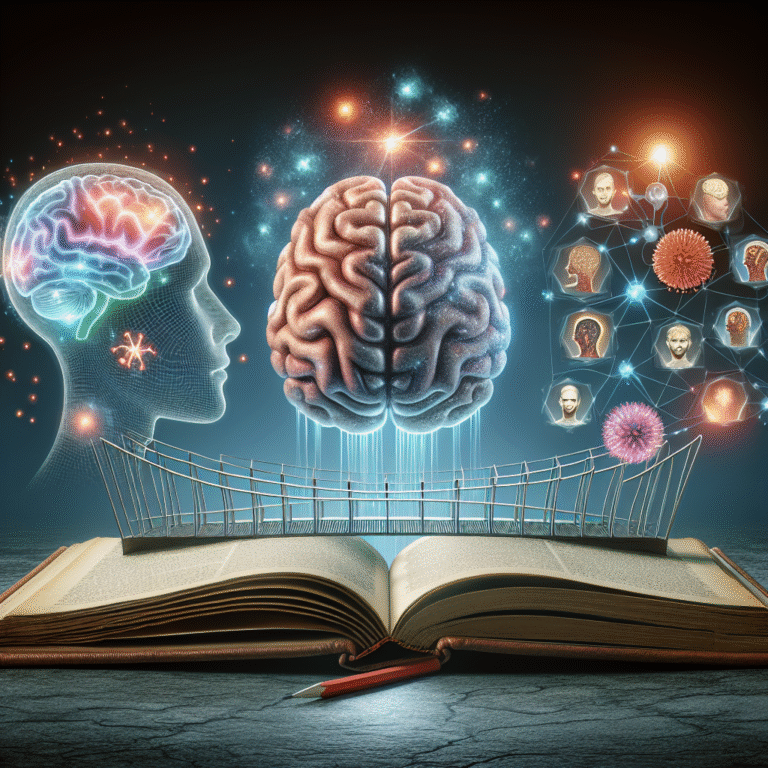
Introduction
Imagine being able to effortlessly recall names, places, and concepts, all while connecting them in a meaningful way. This is the power of semantic memory, an essential facet of our cognitive abilities. Unlocking the Mind: Understanding the Intricacies of Semantic Memory allows us to explore not just the mechanics of memory but also the profound implications for learning, creativity, and even mental health. As we embark on this journey, we will delve into the complexities of semantic memory, uncovering its processes, applications, and its vital role in our everyday lives.
What is Semantic Memory?
Semantic memory is a type of long-term memory that encompasses knowledge about the world, including facts, concepts, and meanings of words. Unlike episodic memory, which involves personal experiences and events, semantic memory is more generalized and abstract.
Importance of Semantic Memory
Semantic memory serves several crucial functions:
- Knowledge Retrieval: It enables us to access facts and information about our environment.
- Language Understanding: It helps in comprehending and using language effectively.
- Problem Solving: Semantic information aids in analysis and reasoning by providing context.
Key Features of Semantic Memory
- Infinite Capacity: Unlike short-term memory, semantic memory has vast capacity.
- Organized Structure: Semantic information is often organized hierarchically, allowing for efficient retrieval.
- Flexible Use: It can be applied to various contexts, making it adaptable for different kinds of reasoning and learning.
The Mechanisms Behind Semantic Memory
Understanding how semantic memory functions requires insight into the cognitive processes involved. Below are some critical mechanisms.
1. Encoding
Encoding is the process through which information is transformed into a format suitable for storage. In semantic memory, encoding may employ multiple strategies including:
- Association: Linking new information with existing memory.
- Visualization: Creating mental images to represent concepts.
Table 1: Memory Encoding Strategies
| Strategy | Description | Example |
|---|---|---|
| Association | Linking new data to existing knowledge | Remembering "apple" by recalling "fruit" |
| Visualization | Using images to represent information | Imagining a tree when thinking of "leaf" |
2. Storage
Storage involves maintaining the encoded information over time. Semantic memory utilizes various types of representations, such as:
- Conceptual Networks: Ideas are stored in a network, connected by their relationships.
- Synaptic Strengthening: Repeated exposure can strengthen the neural connections involved in memory.
3. Retrieval
Retrieval refers to accessing stored information. Semantic memory retrieval can be triggered by cues or context.
Real-World Applications of Semantic Memory
The understanding of semantic memory extends beyond academic study; it has various applications in different fields, from education to artificial intelligence.
Case Study 1: Semantic Memory in Education
In educational settings, teaching strategies that build on existing semantic knowledge can significantly enhance learning. For instance, using concept maps, which visually represent related concepts, can aid in better retention of information.
Analysis: By leveraging semantic memory, educators can facilitate deeper learning and enhance critical thinking skills.
Case Study 2: Semantic Memory in Marketing
In marketing, understanding customer values and associations is crucial. Brands often use semantic memory by creating advertising campaigns that connect their product with positive concepts (e.g., happiness, convenience).
Analysis: This not only boosts brand recall but also fosters lasting customer relationships through emotional connections.
Challenges and Limitations of Semantic Memory
Despite its vital role, semantic memory is not infallible. Here are some prevalent challenges:
1. Semantic Memory Errors
Misremembering facts is quite common. Semantic memory errors occur when a person recalls information that is incorrect but semantically plausible.
2. Aging and Semantic Memory
Research shows that as people age, they may encounter difficulties in retrieving semantic knowledge, even though the storage is intact.
Table 2: Semantic Memory Challenges Across Age Groups
| Age Group | Common Challenges | Example |
|---|---|---|
| Younger Adults | Rapid retrieval, occasional errors | Mixing up similar-sounding words |
| Older Adults | Difficulty in recall | Forgetting well-known facts |
Enhancing Semantic Memory
Improving semantic memory is not just beneficial; it’s essential for personal and professional development. Here are some strategies:
1. Continuous Learning
Engaging in lifelong learning and exploration can expand your semantic memory. Reading widely, taking courses, and participating in discussions can promote knowledge growth.
2. Creating Connections
Building connections between new information and existing knowledge adds depth to your semantic recall.
3. Engaging in Cognitive Exercises
Such as puzzles and brain games, enhances not just semantic memory but overall cognitive health.
Conclusion
Unlocking the Mind: Understanding the Intricacies of Semantic Memory reveals the dynamic nature of how we store and retrieve knowledge. As we’ve explored, understanding the mechanisms behind semantic memory and applying this knowledge can significantly enhance our learning, creativity, and problem-solving abilities. The journey into the depths of our memory offers not only insights into our cognitive capabilities but also a profound appreciation of how interconnected our knowledge truly is.
FAQs
1. What is the difference between semantic memory and episodic memory?
Semantic memory is focused on factual knowledge and concepts, while episodic memory involves personal experiences and events.
2. Can semantic memory be improved with age?
Yes, engaging in cognitive activities and lifelong learning can help maintain and even improve semantic memory functions with age.
3. Are there techniques to enhance semantic memory?
Yes, techniques such as associative learning, concept mapping, and mindfulness can enhance the encoding and retrieval of semantic memory.
4. How does semantic memory impact language learning?
Semantic memory plays a crucial role in language acquisition as it helps learners understand and use vocabulary meaningfully.
5. What are some common errors associated with semantic memory?
Common errors include misrecalling facts or confusing similar concepts (e.g., mixing up the meanings of "affect" and "effect").
The exploration of Unlocking the Mind: Understanding the Intricacies of Semantic Memory showcases its fundamental role in our cognitive landscape and underscores the value of harnessing this knowledge to enrich our lives.

















